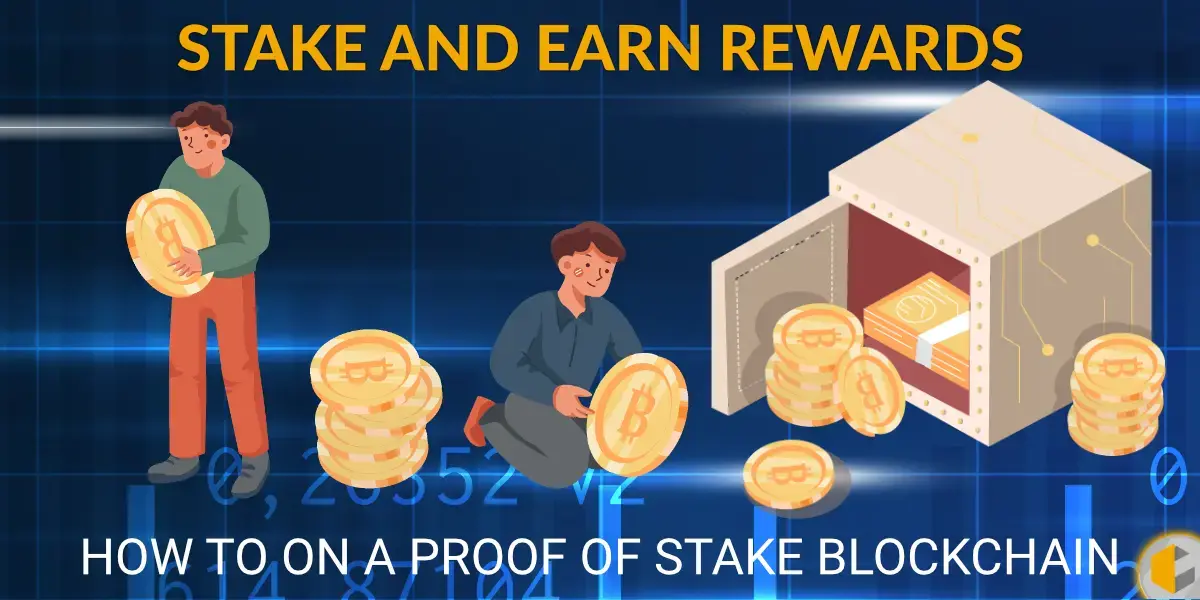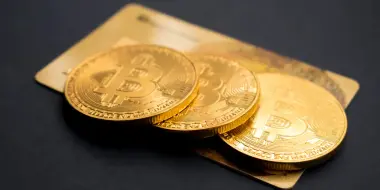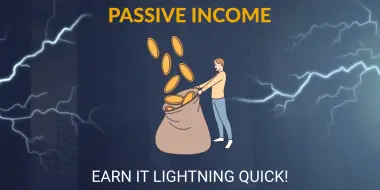
Proof-of-Stake (PoS) is the second most popular technique crypto projects employ for the operation and security of their blockchain. As more and more project deploy using this style of consensus, it is worth having a look at what PoS is, and how to benefit from the reward structure it offers.
Proof-of-Stake offers an alternative to the power-hungry Proof-of-Work (PoW) employed by many other projects (in particular Bitcoin). Where PoW relies on nodes to solve tough mathematical problems to verify transactions, PoS relies on those who have the most to lose to maintain and secure the blockchain. While the topics I talk about below apply to most PoS coins, I will use MANO as the example (as I am providing some advice and technical assistance to this PoS Masternode Platform project)
How to stake coins to collect rewards
Most PoS wallets will automatically begin staking when the wallet is connected to the internet. If you want to ensure this is the case you can force staking by adding staking=1 in your coins configuration file (mano.conf in this example). You’ll need to ensure your wallet is fully unlocked, or unlocked for staking only (allows staking, but prevents transactions).
That is it - Now we need to wait for it to be minted.
What is Minting?
PoS requires users staking to generate a block. If no one were to stake, the blockchain would not produce any blocks and halt.
To ensure stability, project require a consistent and stable number of staked coins to function. To oversimplify things, projects often require users demonstrate that they can maintain a permanent connection to the blockchain network before they can be rewarded. This period of testing is known as ‘Minting’.
In the case of MANO, the minting period is 24 hours. This means that when you first sync your wallet to the blockchain, you must maintain a stable connection the blockchains network for 24 hours before your coins become ‘minted’ and eligible to generate a block and receive a reward.
How is the ‘Minted’ coin rewarded
Once your coins are minted, they go into an available pool of eligible block generators. When the blockchain wants to generate a new block, it selects one address from the pool of available minted coins and allows it to produce the next block.
The method used to select the staker who generates the next block is slightly randomised but weighted heavily to the number of coins staked. If I staked 1 MANO, and you staked 1,000, you would have a significantly higher chance of generating the next block and being rewarded. I would have a near zero (but not zero!) chance of being selected.
What happens AFTER I get rewarded
After your minted coins are chosen, rewards are sent to your address in a similar method to Masternode rewards. Importantly, your address must now go through the minting period again. This means you must wait another 24 hours before once again becoming eligible to produce a block.
How can I benefit?
In the case of MANO, a new block is generated every 60 seconds. This means that there are (on average) 1,440 blocks generated per day. While the blockchain is still young and the community is growing, there is a high chance that staking any amount of MANO will allow you to be rewarded.
TL;DR
- Staking soon after a coins launch is a great way to be rewarded as most users are focused on Masternode rewards
- Staking requires 24x7 internet access. So unless your home PC is on all of the time and never restarts, this is best to do on a server somewhere else.
- Staking is not instant - You will need to demonstrate consistent network availability before your wallet shows an active staking status.
- Staking is slightly randomised but is heavily weighted to the number of coins you have. The more coins you stake, the higher the chance you will be rewarded.
That’s it - Hopefully, you can see the importance of staking coins to the blockchain, and some of the quirks involved in minting and being rewarded.
In part two, I will go further into a few more advanced techniques to hopefully maximise your staking rewards.
Editor-in Chief
Related Posts






Subscribe to our newsletter!
Information



